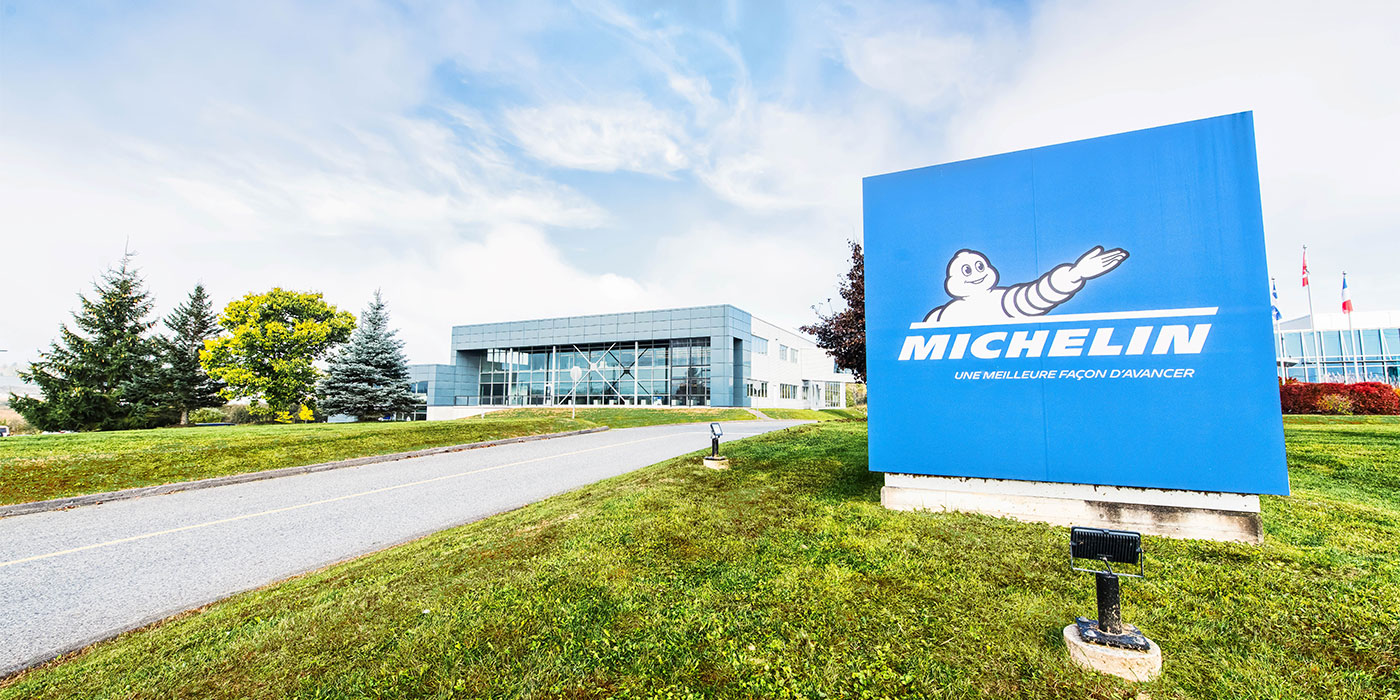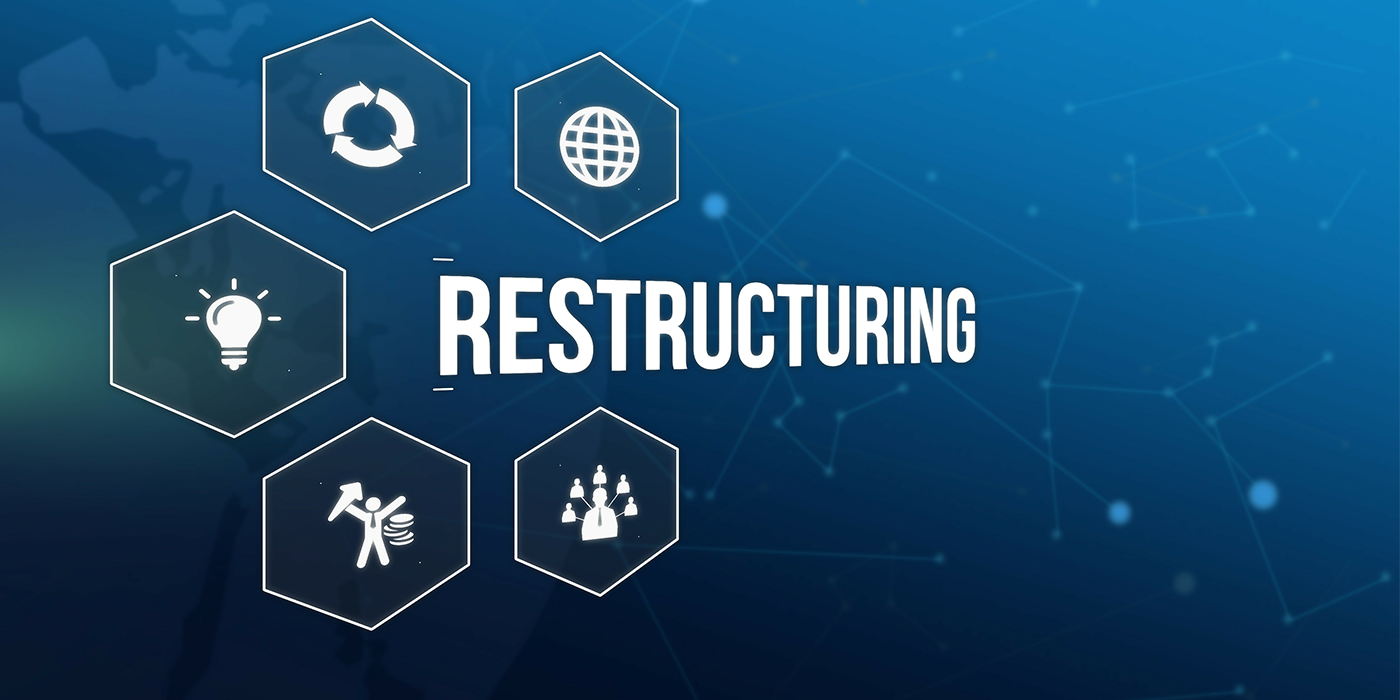In the August issue, we talked about how to make 53% gross profit on parts using a jobber/dealer matrix to price parts. This tool is vital to your business, as a 53% gross profit on parts is critical to meeting a 20%-30% net profit goal.
This month, we’re going to tackle labor, a very difficult area upon which to make money. The reason: It smokes, gets sick, carries a cell phone and loves to cherry pick the work it likes. Add to this a dramatic increase in tax/benefit loads, and labor represents one half of your business – one half that barely breaks even in many tire dealerships.
So, to make a profit on labor, what should your labor cost be?
We believe tires are king, and they deserve dedicated techs focused on increasing tire sales rapidly. This cost typically represents 5%-7% of your tire sales and gives you time to focus on very profitable tire-related services, like balancing.
One strategy we like for tire dealers is to offer a free balance check, a service that requires your tech to check at least one wheel for balancing accuracy. Since the majority of the time, that one or two tire/wheels will be out of balance, your service advisor or sales manager should request pre-approval for a $39.95 four-wheel balance.
The best-practice conversion on this service offering is 85%, and many service advisors hit it once they focus their attention on on this opportunity.
Do It Differently
By tackling how you sell and perform vehicle service differently, your service technicians can cost you less than 20% of your total sales – with a full tax and benefit load covered. This is extremely difficult to accomplish, so I will share with you how many shops do it.
The first thing to focus on is your parts/labor mix on service. Most tire dealerships run a 50/50 mix, unless a compensation plan is pushing parts or labor harder than the other.
To reach your profit potential, your parts/labor mix needs to be 60% labor and 40% parts. By accomplishing this KPI (key performance indicator), it will be easier to cover increased benefit loads.
So, how do you increase labor sales? Sell more maintenance services! Become a schedule-driven shop – instead of a reactive shop – by modifying your technician/service advisor compensation to drive labor sales, and set your labor rate to achieve a 60% profit on loaded technician costs so you can be productive (profitable) on every car.
The secret to meeting a 20%-30% net profit goal in the automotive service business is to get your labor business to work in concert with many variables. We strongly suggest you spread out the accountability among your people and urge you advise every member to achieve specific goals.
How Do You Rate?
Let’s begin on the easiest of these tasks: setting a profitable labor rate. To sort this out, you simply add up all your tax/benefit costs and divide them by the hours you are open. Then, you add in your average load hour to what you pay your highest technician and multiply that by 2.5 (60%). This will put your labor rate at 60% gross profit on the first hour you sell each week.
Unfortunately, since the average tech does not bill an hour for every hour he/she stands on the floor, you need to add back to your labor rate any inefficiency in technician productivity. The Labor Rate Analysis chart on the previous page will make it easier for you to calculate this.
If you can’t make 60 cents profit on every labor dollar billed, you’ll never meet a 20%-30% net goal.
Many of you are probably worried about driving customers away by having a high labor rate than, perhaps, your competition. Consider this: Have you raised your labor rate in the past without complaint? If you were selling gasoline today – and wanted to stay in business – how long would it take you to pass on any cost increase?
Experience shows that if your service menu items are competitive, your mechanical labor rate can be what it needs to be to make 60% gross on labor.
If you are still nervous, do a customer satisfaction study, and ask your clients if they believe you have been a good value for them.
A word of caution: Don’t call your competitors and ask them for their labor rate. That’s insane. Everyone adds time to the labor guide recommendations – especially car dealers – in an effort to advertise a lower labor rate. Most are off at least 15 cents on the dollar.
If you are delivering legendary service, you should earn the cash. And, you won’t get that cash by giving away labor.













